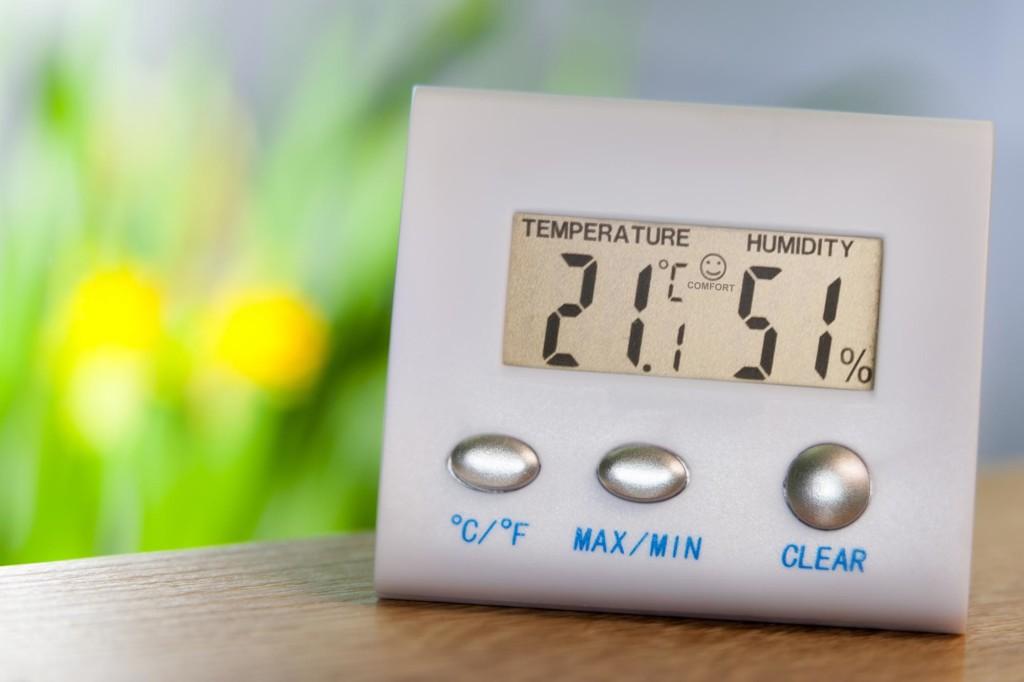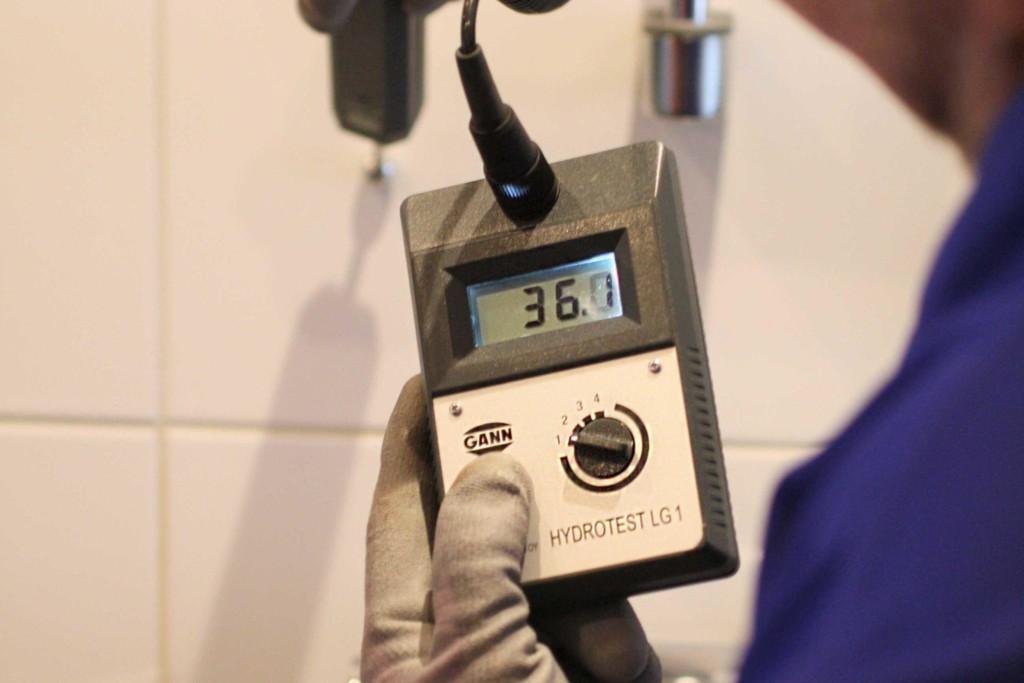Versatile causes of indoor air problems
Indoor air problems and studying them to determine the underlying causes require from the expert know-how in structural engineering, structural physics, indoor climate conditions and health effects, not to mention knowledge of a variety of research methods.
The work is often challenging due to a variety of factors, but the most attention is usually paid to humidity and microbial damage, or in layman’s terms “mould/mildew problems”. However, in many cases indoor air problems and related symptoms are not caused by humidity or microbial damage in the structural elements. This is why I want to draw attention to other factors that can cause symptoms; we should not overlook these factors either.
Why do structures get mouldy?
Damage caused by humidity and microbes is regrettably common in Finnish buildings, partially due to the previously used structural solutions and methods of construction, but also due to the thermal insulation and leaktightness requirements caused by the challenging Nordic climate. Regardless of what kind of structural materials or how many different materials have been used and regardless of the soil type, humidity and microbial damage occur when a structure and the materials used in it cannot cope with the humidity stress to which they are subjected.
How long it takes for the structure or material to become damaged depends on a variety of factors. The humidity stresses and drying capacity of different structures are based on different physical methods of moisture transfer and combinations of several physical methods. The damage risk must therefore always be assessed on a case-by-case basis.

Sum of many factors
Overly warm and dry indoor air, defective ventilation or a draught are good examples of indoor air problems that are less frequently mentioned. Releases from different chemicals, particles released from different materials and dust can also cause indoor air problems. Other factors that are classified as potential causes of indoor air problems include allergens from animals, pollen or chemicals, and unpleasant odours. The most common problems are a mouldy smell or different kinds of odours from a variety of materials (pungent, sweet, etc.). The most commonly detected odour after those caused by mould and chemicals is that of tobacco.
Many problems are caused by the combined effect of a variety of factors, though. These include insufficient ventilation or stale air, insufficient air volume and odours. Problems can also be caused by excessively high negative pressure in the building, which can lead to the ventilation system drawing dirty make-up air from the property’s structures, bringing impurities with it to the indoor air.
Experts can help
If you suspect that there are problems in your indoor air, you have detected visible damage or the occupants are experiencing prolonged symptoms, asking help from an expert is recommended. You should choose a trained, competent indoor air professional, such as a certified Building Health Expert (rakennusterveysasiantuntija, RTA).
Additional information:
Elina Saukko
The head of the Indoor Air Centre, M. Eng, Building Health Expert (RTA), Indoor Air Expert (SISA, Eurofins)
Tel. +358 (0)30 670 5597
Our email addresses are in the format firstname.lastname@raksystems.fi.



